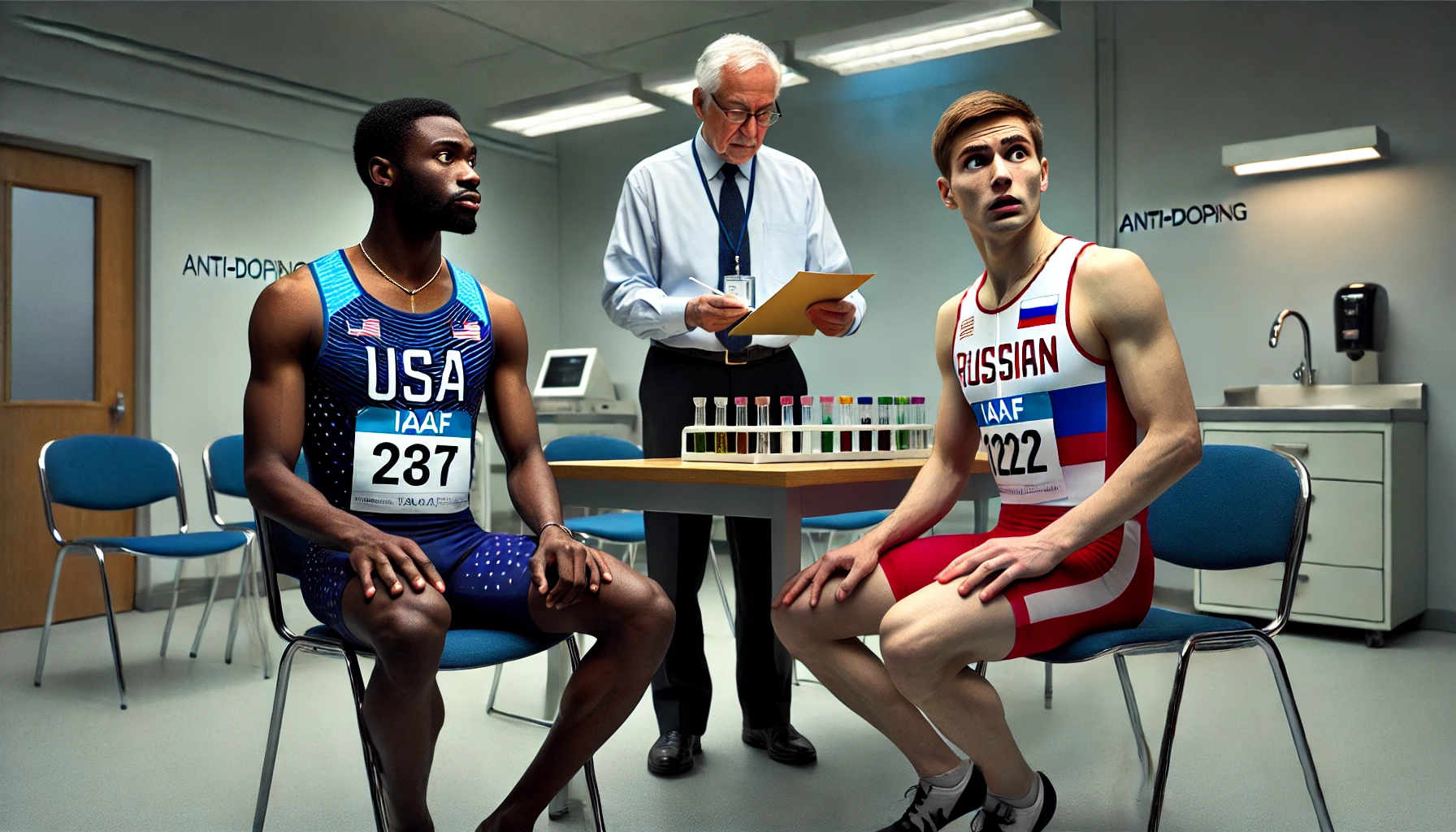The world’s fastest man in 2019, Christian Coleman, 23 has allegedly missed three drug tests in more than 360 days. Failing to provide his whereabouts information can result in 2 years suspension.
But the World Anti-Doping Agency’s interpretation of the rule backdated his first failure to April 1, 2018, instead of the date it actually occurred, June 6, 2018. His final failure was April 26, 2019. USADA said Monday that because there weren’t three failures within 12 months it would not pursue the case.
Christian Coleman tactically pulled it off. He tackle the terms of the US Anti Doping Agency rules. Coleman’s legal team knew where to search and how to out run the USADA.
Coleman still have not yet explained how can he missed three unannounced drug test in more than a year time frame. If we look closely he actually have been given a little bit more than a year to update his whereabouts on the USDAD application, so he can get tested. Which gave him a lot off time to do so.
But it seems like he still don’t know how to update his whereabouts with the app, but instead, running away from the anti-doping test seems to be his main event this season. We know that he is a good runner, but there’s limits, and at some point, he will literally be forced to stop running anyway.
Those ruses require helps, and strategies, and how that champion find time to be the “biggest advocate of clean sport”, like he claimed to be, when he spent the most of the year dodging drug test.
Tactically, in terms of suspension duration it is better for athletes to get suspended due to three no-shows, than, getting caught failing a drug test. Because the consequences and suspensions times are significantly diferent.
The advantage of letting a three No-Show happened is a smart move when on drugs. First, the athlete is not “officially” considered has an enhancing drugs user therefore, people will assumed that maybe he was on drug and try to hide it or second, maybe it was just a schedule conflict issue, where the athletes probably forgot to tell authorities where he could be found.. Which will keep the athlete’s image partially clean.
But on the other hand, failing a drug test will have a drastic and a threatening career results, a public image damaged, sponsors and endorsements terminated, without counting penalties. So yes, a no-show when on drugs is not a bad move, but a smart one.
Coaches are recognized as one of the most significant source of influence in terms of athletes’ cognitions, affect, and behavior.
When you take time to study all the athletics doping cases through the past decade, you’d notice one common denominator in all of them “The Coach”.
The majority of the time the coach is involved directly or indirectly. An athlete who used to take enhancing drugs at his prime, ones become a coach will more likely introduce to their young promising athletes banned performance enhancing drugs and protocol by using their former personal network to influence athletes into doping.
Now, few raising questions remain. How come the USADA’s electronic system who supposed to automatically generate three unannounced drug test within a year failed? And how can the system still recognized it as three legit No-Show when one of the test was over a year old? Does the USADA agent changed the testing dates so the case will have be dismissed in court? Does Coleman’s management team knew the USADA’s loophole existed all along and strategize to use it in do time? Which guaranty Coleman a full ride with no control all the season? Do USADA protect their own (american athletes)?
What we know for sure is if it was a Russian athlete the out come will be way different.
Like we said “There’s no smoke without fire”

